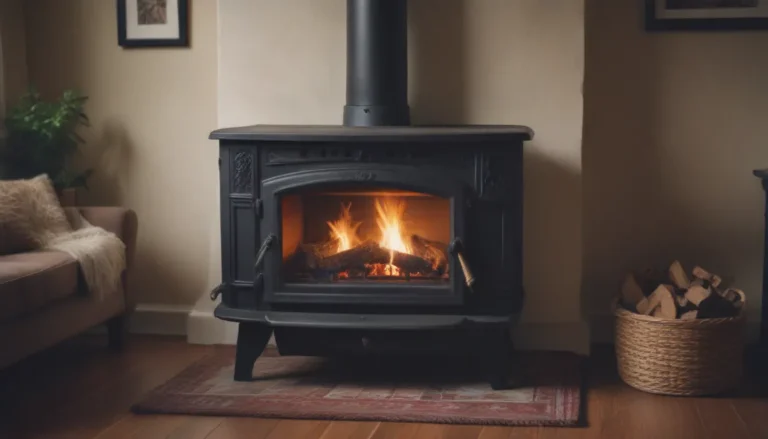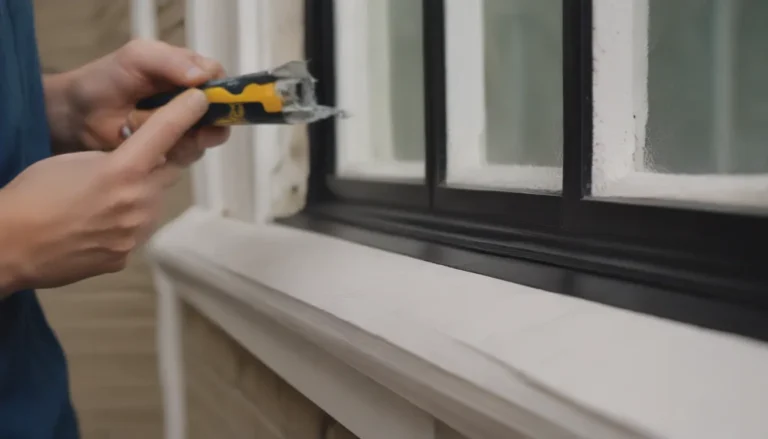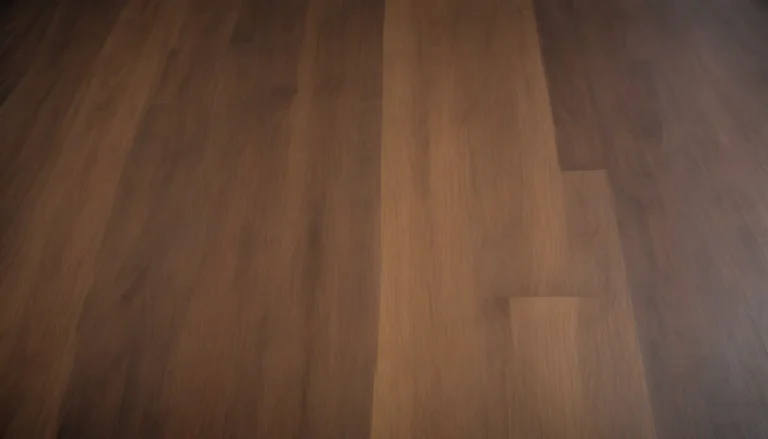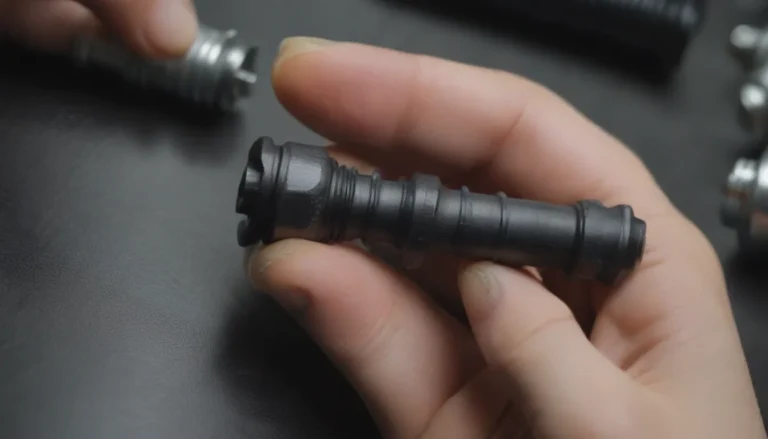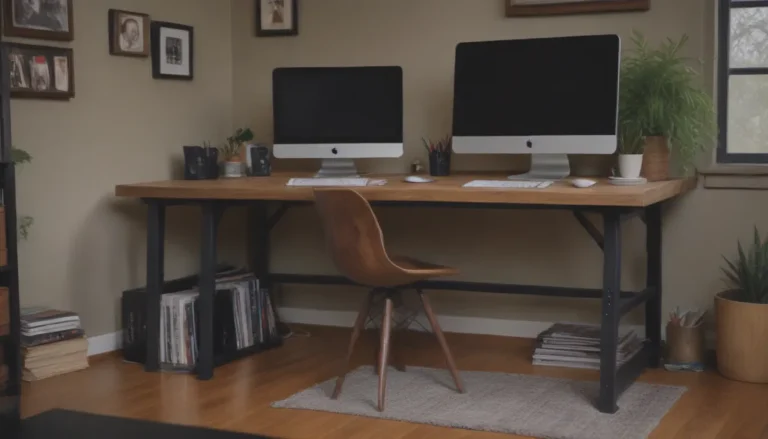Understanding Low Water Pressure in Your Home: 10 Common Reasons and Solutions
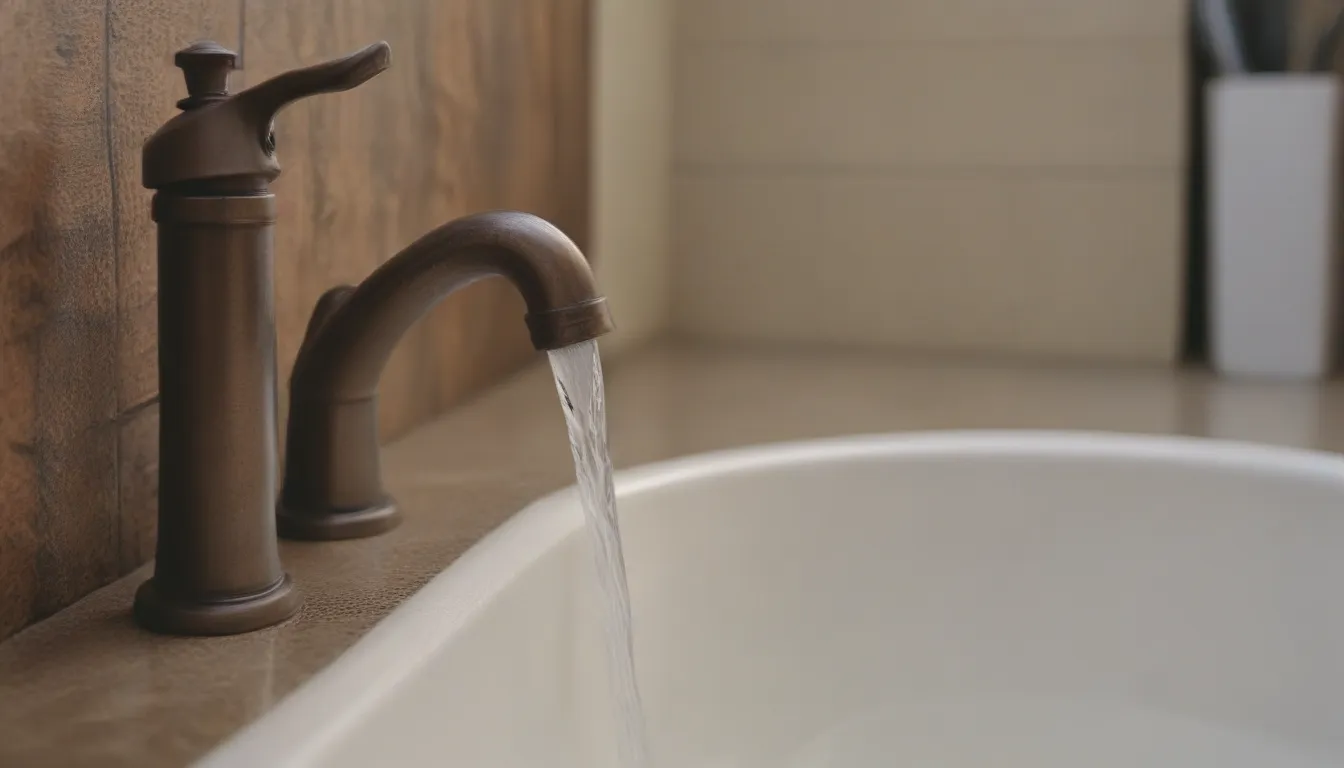
Low water pressure in your home can be a frustrating issue to deal with. From weak showers to slow-filling sinks, it can disrupt your daily routines. However, identifying the root cause of low water pressure is the first step to fixing the problem and restoring your water flow to normal. In this comprehensive guide, we’ll explore 10 reasons for low water pressure in your house and provide solutions to help you address the issue effectively.
How to Identify Low Water Pressure Problems
Before we delve into the possible reasons for low water pressure, it’s essential to confirm that you are indeed experiencing this issue. A straightforward way to check your water pressure is by using a test gauge. Here’s how you can do it:
– Attach a test gauge to the hose spigot outside your home.
– Turn on the valve and check the reading to determine the current water pressure.
– To identify if the low water pressure is throughout your house or only affecting specific fixtures, you can repeat this process by attaching the gauge to the laundry sink.
Now that you have confirmed low water pressure, let’s explore the 10 common reasons behind this problem and the corresponding solutions.
Reasons for Low Water Pressure in Your House
Using Too Many Water-Using Appliances at Once
- It’s common to have multiple water-using appliances running simultaneously, leading to decreased water pressure.
- Solutions:
- Stagger your water use throughout the day to avoid overloading the system.
Main Valve Is Partially Closed
- The main water shutoff valve controls the water flow into your home.
- Solutions:
- Ensure the valve is fully open to allow maximum water pressure.
Water Meter Valve Isn’t Fully Open
- A partially closed water meter valve can restrict water flow into your home.
- Solutions:
- Check and fully open the water meter valve to enhance water pressure.
Failing Pressure Regulator
- High water pressure can damage fixtures and appliances.
- Solutions:
- Adjust or replace the pressure regulator to maintain optimal water pressure.
Faulty Plumbing Fixtures
- Clogged aerators or showerheads can cause low water pressure in specific fixtures.
- Solutions:
- Clean or replace the affected fixtures to improve water flow.
Water Supply Issues
- Contact your water supplier for assistance if low water pressure is caused by external factors.
- Solutions:
- Await resolution from the water supplier if on a municipal system.
Corroded or Clogged Water Lines
- Buildup in water lines can restrict water flow and lead to low pressure.
- Solutions:
- Consider replacing corroded pipes and investing in a water softener for maintenance.
Leaking Water Pipes
- Water leaks can reduce water pressure and cause damage to your home.
- Solutions:
- Locate and repair any leaking pipes promptly to restore water pressure.
Shared Water Lines
- Shared water lines with neighboring homes can impact water pressure in your house.
- Solutions:
- Consider replacing water lines to ensure individual water supply.
Branch Lines Are Too Small
- Narrow branch lines can restrict water flow to appliances and fixtures.
- Solutions:
- Upgrade branch lines to larger sizes to improve water pressure.
By addressing these common reasons for low water pressure in your home, you can take proactive steps to enhance your water system’s performance and restore optimal water flow. Remember, maintaining proper water pressure is essential for the efficient operation of your plumbing fixtures and appliances. If you encounter persistent low water pressure issues despite troubleshooting, don’t hesitate to seek assistance from a professional plumber to assess and resolve the problem effectively.
In conclusion, understanding the underlying causes of low water pressure is the key to implementing the right solutions and ensuring a consistent water supply in your home. By following the recommendations outlined in this guide, you can tackle low water pressure issues with confidence and enjoy improved water flow throughout your house.
